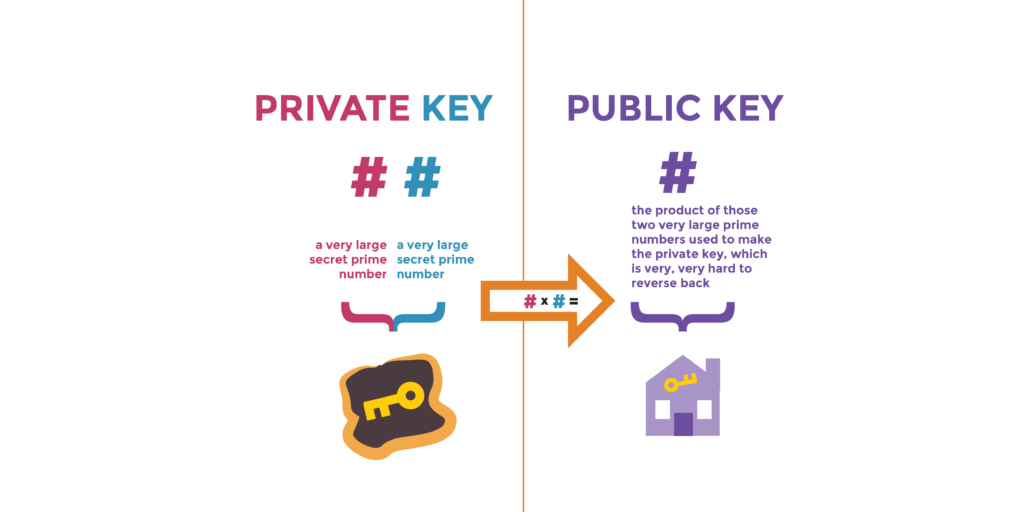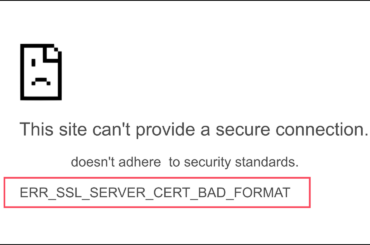Private Key and Public Key – Two different encryption styles combine during SSL/TLS.
Private Key and Public Key form the encryption that’s used to encode information in an SSL certificate. As such, they help encrypt and protect users’ data and information.
These keys are created using RSA, DSA, ECC (Elliptic Curve Cryptography) algorithms. The strength and security of both public and private keys are decided by the key size, i.e., the bit-length. Currently, the strongest industry standard is a 2048-bit RSA key.
But how do public key and private key differ from each other? Which one should you prefer? In this article, we’ll help you understand both Private Key and Public Key with relevant examples.
What is Private Key?
Private Key is the secret key used to encrypt and decrypt messages between communicators. It’s a form of symmetric encryption, i.e., the same key is utilized for both encryption and decryption purposes.
The biggest drawback here is the potential loss of the private key. If it’s lost, the system is rendered void. To mitigate that drawback, PKI (public key infrastructure) is used. This is essentially a combination of both private and public key, so a loss in private key doesn’t affect the system.
Example: A encrypts sensitive information into ciphertext using the private key and shares it with B. In order to access the information, B must decrypt the ciphertext into plain text using their copy of the private key.
Buy TLS/SSL Certificate at $5.45 Per Year

What is Public Key?
Public Key functions on the basis of asymmetric encryption. An asymmetric encryption functions on the basis of both public and private key.
The messenger encrypts the message using the public key, and the receiver can access the message after decrypting it with their private key. Security is ensured because only the person with the relevant private key can decode the message. As such, even if third-party access the information, the data remains confidential.
The public key is made available through the public accessible directory.
Example: A encrypts sensitive information using B’s public key and sends it across. B can only access that information and decrypt it using their corresponding private key.
Private Key and Public Key: The Differences
| Private Key | Public Key |
| Symmetric encryption. | Asymmetric encryption. |
| Remains in the confidential use of two individuals. | Available to everyone through the publicly accessible directory. |
| The possibility of key getting lost, which will render the system void. | Key is publicly held so no possibility of loss. |
SSL/TLS Related Other Blog Posts
- Convert a Certificate to PEM: CRT to PEM, CER to PEM, DER to PEM
- Free SSL vs. Paid SSL Certificates: Why Pay for SSL Certificate?
- How to Enable TLS/SSL Certificates in Web Browsers
- Self-Signed SSL Versus Trusted CA Signed SSL Certificate
- The Difference between Wildcard & Multi-Domain (SAN) SSL Certificate
- Understanding Comodo Root Signing Certificate and Comodo Intermediate Certificate
- Wildcard SSL Vs. Regular SSL: Certificate Difference Explained
Buy SSL Certificates and Save Up to 89
Get maximum discounts of up to 89% on DV, OV & EV SSL Certificate at CheapSSLsecurity. Boost up customer trust and secure their confidential information with high level encryption for your website on Android.





